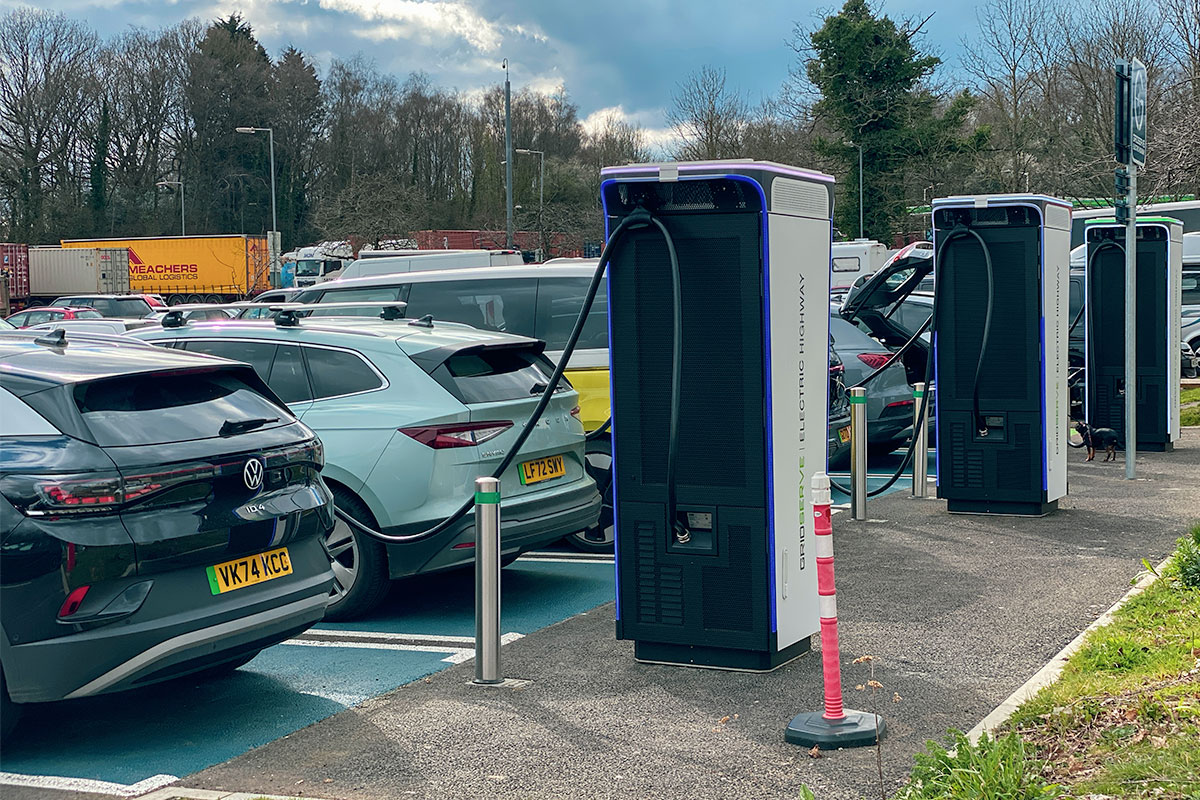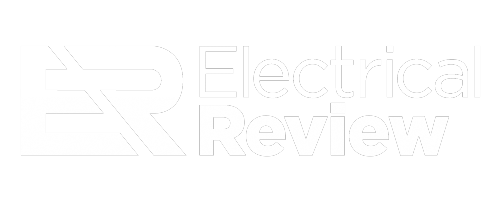The UK now boasts more than 100,000 public EV charge points, a figure that has been achieved just over a month after hitting the 75,000 milestone.
According to Octopus Electroverse’s latest Charging Infrastructure Insights, a new public charger was installed every 13 minutes over the past six months, putting the UK firmly on course to meet the Government’s target of 300,000 charge points by the end of the decade – provided that pace persists, of course.
What’s more, rapid and ultra-rapid devices, which are capable of adding hundreds of miles of range in around 20 minutes, are expanding the fastest and now account for nearly a quarter (24%) of the public network.
While the EV infrastructure surges ahead, traditional refuelling options continue to shrink; the UK currently has around 8,300 petrol stations – a number that has been declining for years.
Charging infrastructure no longer a barrier to EV growth
Matt Davies, Director of Octopus Electroverse, commented, “This milestone shows we are building real momentum behind electric driving in the UK. Drivers can now trust there is a charger at almost every twist and turn of the road – making plugging in an EV feel as easy as charging up your phone.
“We’re well on track to turning the government’s 300,000 target by 2030 into a reality. And with new rules raising standards on reliability and ease of use, drivers can feel more confident than ever.”
The Government’s recent decision to press ahead with its 2030 deadline for ending new internal-combustion car sales was welcomed by the EV sector, which argues that clear policy signals are essential to sustain investor confidence. Industry analysts suggest today’s charger count is a key indicator that the supporting infrastructure is scaling in line with demand.
With rapid devices becoming more common on trunk roads and urban hubs, and slower AC units continuing to proliferate in car parks, supermarkets and kerbside locations, the UK’s charging landscape is increasingly matching the diverse needs of drivers. As installation rates climb, attention is now turning to ensuring that chargers remain reliable, easy to access and powered by low-carbon electricity – an ambition reinforced by recent minimum-service standards announced by ministers.
Asif Ghafoor, CEO of national charging network Be.EV, added, “This milestone is a cause for celebration and helps to prove that the narrative surrounding range anxiety is nonsense. I regularly travel to EV charging sites all across the country and I’ve seen hardly any queues. There’s clearly enough infrastructure out there for EV drivers at the moment, and we’re well on track to keep pace with demand.
“What we need now is to upgrade the old chargers that are giving the industry a bad rep. It’s not a case of installing chargers and then you’re done. Charging providers have a responsibility to make sure chargers are upgraded and suit what drivers want today, not what they wanted three years ago. For example, contactless should be a given at all chargers, which it isn’t currently. This will greatly improve the driver experience, and give non-EV drivers yet another reason to make the switch.
“We also need more signposting on roads and motorways, which will help to bring an end to the outdated reliance on chargers at motorway service stations. Many drivers use their car or apps for this, but signposting will help drive behaviour change and encourage drivers to find better EV charging hubs outside of where they used to refuel. Many are located less than ten minutes away from motorways, where the chargers are less busy (and the food and drink is cheaper).
“What we need to challenge is the perception of poor range. It’s clear that there are more than enough chargers, we just need to do a better job of letting drivers know that this is the case. Signs that actually tell them where they are would go a long way.”

